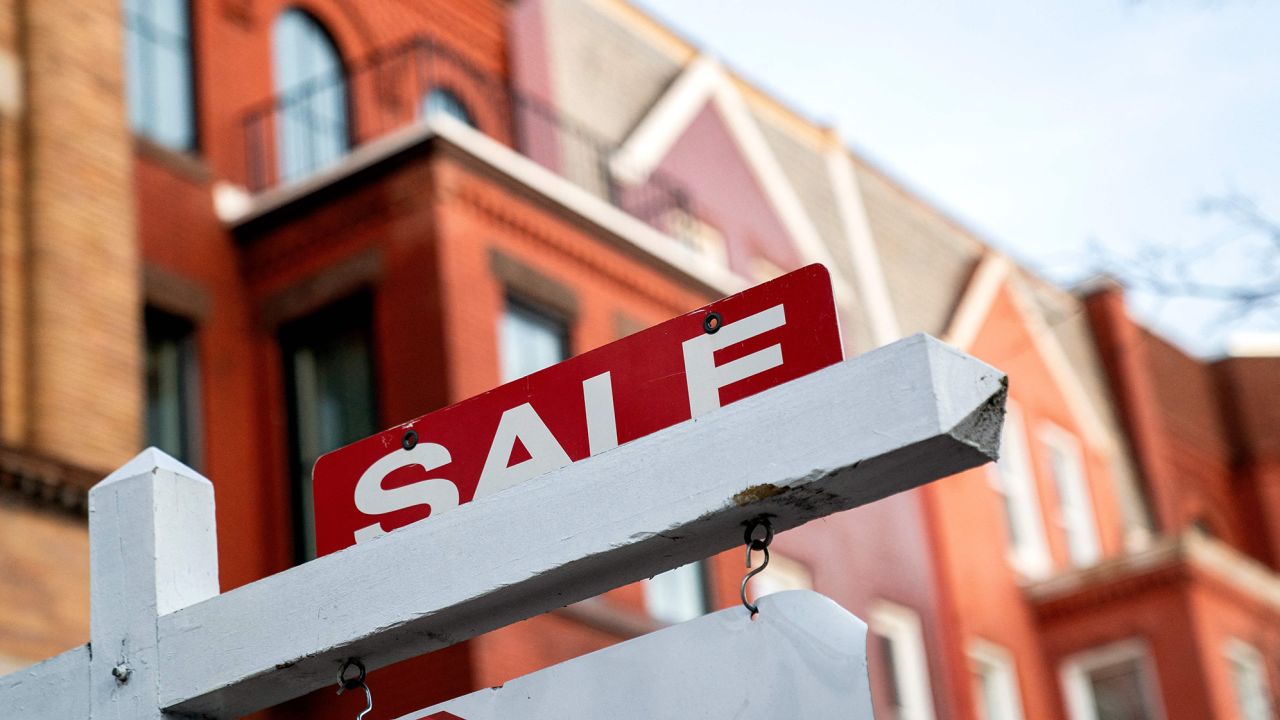Home sales in the United States declined for the 10th month in a row in November as surging mortgage rates topped 7% and stubbornly high prices kept buyers out of the market.
Sales of existing homes — which include single-family homes, townhomes, condominiums and co-ops — were down 35.4% in November from a year ago and down 7.7% from October, according to a National Association of Realtors report released Wednesday. Sales declined in all regions of the United States month-over-month and year-over-year.
That continues a slowing trend that began in February and marks the longest streak of declining sales on record, going back to 1999.
Sales in November were at their weakest level since May 2020, when the real estate market was at a standstill during the pandemic lockdowns. If not for that anomalous month, sales last month would have been at the lowest level since November 2010.
“In essence, the residential real estate market was frozen in November, resembling the sales activity seen during the Covid-19 economic lockdowns in 2020,” said Lawrence Yun, NAR’s chief economist. “The principal factor was the rapid increase in mortgage rates, which hurt housing affordability and reduced incentives for homeowners to list their homes. Plus, available housing inventory remains near historic lows.”
Many of the sales that closed in November would have had contracts signed in October and early November when mortgage rates were at their highest point all year, reaching as high as as an average of 7.08% for a 30-year fixed rate mortgage, according to Freddie Mac. The higher costs of financing a home purchase have made home buying impossible for some buyers to even qualify for a loan, and others have opted out.
Even as home sales dropped, home prices continued to climb last month. The median home price was $370,700 in November, up 3.5% from one year ago, according to the report. But that’s down from the record high of $413,800 in June. The price increase marks more than a decade of year-over-year monthly gains.
Inventory remains near record lows, with few homeowners looking to give up the ultra-low mortgage rates they refinanced or bought into to buy a new home with a higher rate.
There were 1.14 million units for sale at the end of November, according to NAR, down 6.6% from October, but up 2.7% from one year ago.
Real estate markets are bearing the brunt of the Federal Reserve’s monetary policy, said George Ratiu, senior economist and manager of economic research at Realtor.com.
“After flooding the financial system with liquidity in 2020 and 2021 to support the government-induced closing of the economy, the central bank has been tightening borrowing costs and shrinking its balance sheet to combat high inflation,” he said. “With shelter costs comprising a large share of price gains, the Fed is hoping that a substantial cooling in housing prices will lead to a stronger pullback in inflation.”
The most recent data measuring inflation shows some glimmers of hope that the worst of it has passed.
And mortgage rates have come down since the beginning of November, dropping from 7.08% early in the month to around 6.6% by the end, according to Freddie Mac.
“The market may be thawing since mortgage rates have fallen for five straight weeks,” Yun added. “The average monthly mortgage payment is now almost $200 less than it was several weeks ago when interest rates reached their peak for this year.”









